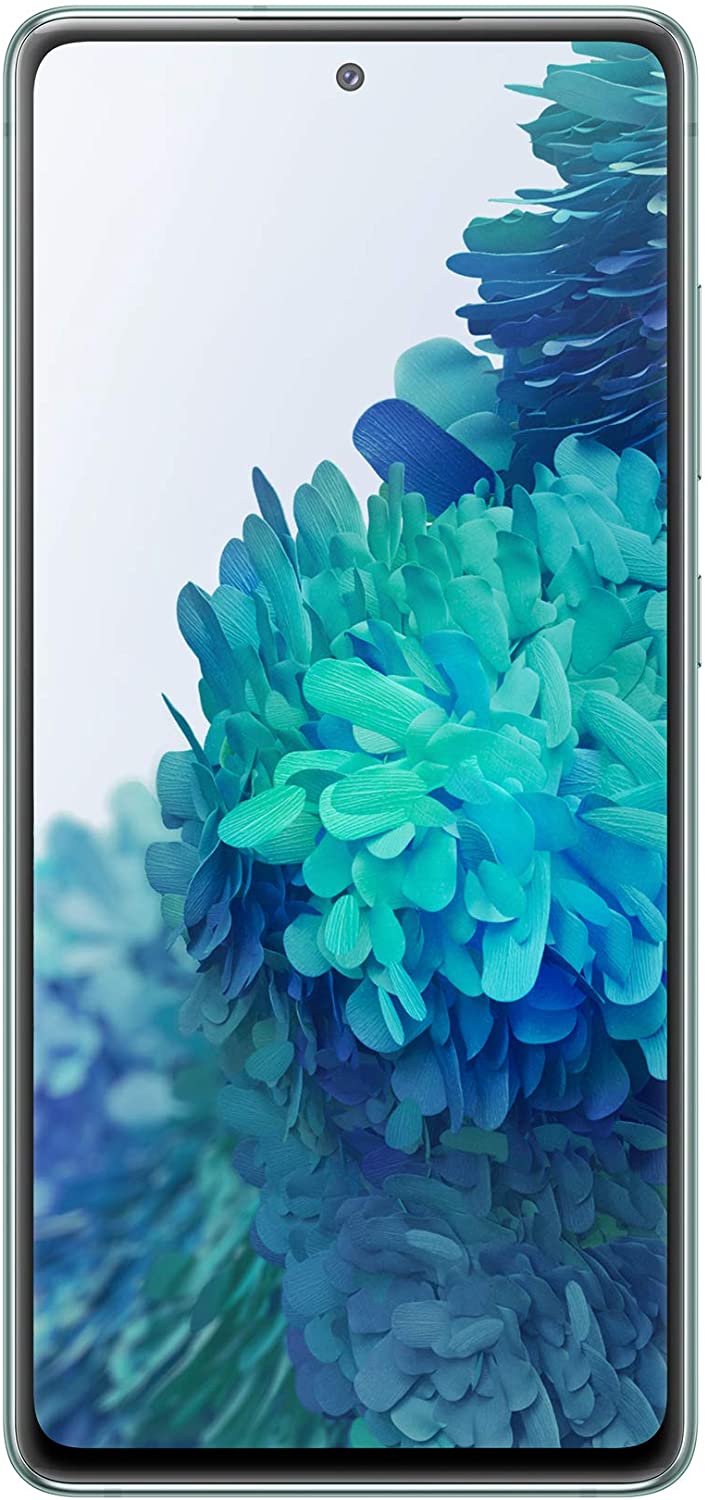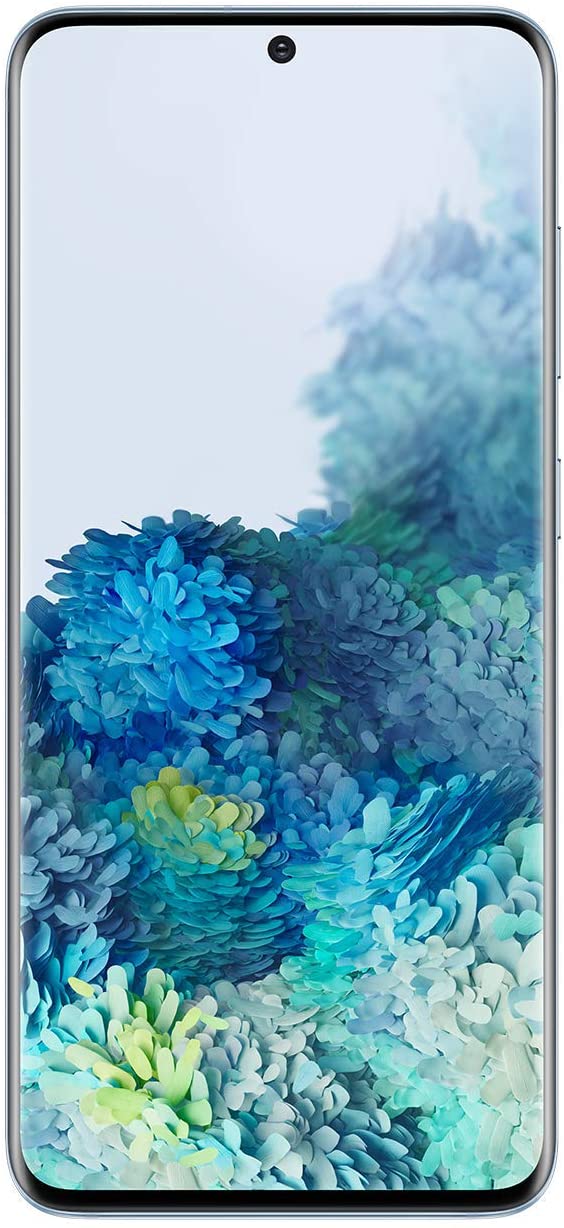Samsung has been one of the top phone manufacturers battling head-to-head against the likes of the iPhone and Google Pixel. It’s one of the top-tier brands you can get when it comes to high-end Android phones. However, much like other brands, Samsung doesn’t offer only one flagship phone. Instead, it offers a range comprising of the Samsung Galaxy S20, the S20+, S20 Ultra, and, more recently, the S20 Fan Edition (FE).
If you’re set on buying a Samsung S20 phone, all these options might confuse you. Lucky for you, we’re here now to set things straight and help you select the best phone among the Samsung S20 range. Here’s everything you need to know about each phone, their similarities, as well as their differences.
Samsung S20 Lineup: Overview
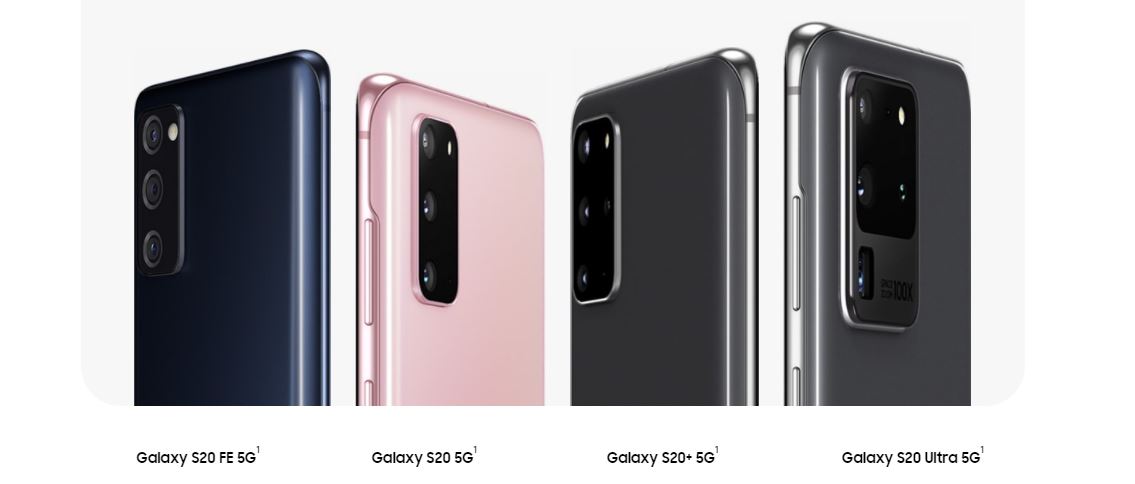
The new Samsung S20 lineup is a killer this year, with prices ranging from lower-end flagship prices to the highest. However, because there’s more than one Samsung S20, it’s become debilitating to choose which one to buy. Samsung fans and non-fans alike might have to face the problem of too many choices! Whether that’s good or bad, we don’t know, but we do understand that people need some means to choose. So, we’ll talk about the differences between each Samsung S20 and what’s best for you.
Before we get into the differences, let’s tackle first the overview of the Samsung S20 lineup. Basically, they’re all part of the same series of flagship phones Samsung has to offer this 2020. Thus, they have similarities and extend some features living up to their flagship status. So, what do they all have in common? Let’s check it out.
Internals
Firstly, you can find everything you would expect on a 2020 flagship on each Samsung S20 device. That means you get high-resolution OLED screens, excellent cameras, and great internals. You might expect the S20 FE to cut back on some of those corners but it doesn’t.
It has exceptional performance, storage, RAM, battery, wireless and reverse-wireless charging, and the most important features that make a flagship, a flagship. In fact, the Samsung S20 FE even comes with the highly-coveted 120Hz display which isn’t included in other flagship brands. Samsung chose what corners to cut on for a cheaper price — and they chose really well.
5G
Secondly, and arguably one of the most highlighted features of 2020, all Samsung S20 phones are available in 5G. Of course, they’re also available with LTE-only variants because 5G is not yet available everywhere. Consequently, that spec bump also has a price bump, so watch out for that if you need a 5G phone.
Samsung S20 FE, S20, S20+, S20 Ultra: The Differences
With all of these similarities, what’s the difference between each Samsung S20 phone? Samsung does draw some lines with specific features of each Samsung S20. Here’s a snapshot of all their specs and features before we get started:
| Features | Fan Edition (FE) | S20 | Plus | Ultra |
|---|---|---|---|---|
| Starting Price | $699.99 | $999.99 | $1,199.99 | $1,399.99 |
| Processor | Exynos 990, Snapdragon 865 | |||
| RAM | 6GB, 8GB | 8GB, 12GB* | 8GB, 12GB* | 12GB, 16GB |
| Storage | 128GB, expandable up to 1TB | expandable up to 1TB, 128 GB | 128GB, 512GB*, expandable up to 1TB | 512GB, 128GB, expandable up to 1TB |
| Screen Size | 6.5-in | 6.2-in | 6.7-in | 6.9-in |
| Weight | 6.70 ounces | 5.75 ounces | 6.56 ounces | 7.76 ounces |
| Display | Super AMOLED | Dynamic AMOLED | ||
| Resolution | 2400x1080px, 407ppi | 3200x1440px, 563ppi | 525ppi, 3200x1440px | 3200x1440px, 511ppi |
| Selfie Camera | 32MP | 10MP | 40MP | |
| Rear Cameras | 12MP wide, 8MP telephoto,12MP ultra-wide | 12MP wide, 64MP telephoto,12MP ultra-wide | 64MP telephoto, 12MP wide,12MP ultra-wide, Time-of-flight camera | 108MP wide,48MP telephoto, 12MP ultra-wide, Time-of-flight camera,100x Zoom |
| Video | 4K@60fps | 8K@24fps | ||
| Network | LTE, Wi-Fi 6, 5G* | |||
| Battery | 4,500 mAh | 4,000 mAh | 4,500 mAh | 5,000 mAh |
| Unlocking Mechanism | In-display fingerprint sensor | |||
| Other Features | 120Hz refresh rate, IP68 Water resistance, Night mode camera | |||
*Only comes with the 5G variant
There aren’t many big differences in the Samsung S20 lineup. Hence, the key differentiators will lie in the smaller details that may influence your decision. Now, let’s tackle each one.
Software
Let’s start with the software. As you can see, most of the Samsung S20 models have similar specs. They also all come fresh with Android 10 and Samsung’s OneUI to give users the best Android experience. When it comes to the Samsung S20 lineup, you won’t have issues with the software. Well, that’s to the extent that Android’s software can afford you.
That’s because Android phones, in general, are notorious for discontinuing software updates. You’ll mostly get up to two years of major software updates. Afterward, you won’t get any major updates on your Android phone. Perhaps you’ll get the occasional security update here and there, but that’s mostly it. The Samsung S20 lineup isn’t excluded in that, so don’t expect major updates after Android 12 in 2022.
Size

While there isn’t any general software difference, there is a noticeable difference when it comes to size. The hierarchy of sizes, from smallest to largest, is as follows: S20, S20+, S20 FE, and S20 Ultra.
For the most part, the Samsung S20 FE and S20+ have just the right sizes for the majority. Some people comment that the S20 is a tad too small for their liking, especially in terms of screen size. On the other hand, the S20 Ultra was too bulky and difficult to fully hold in the hand. Unless you have the hand size to match, the S20 Ultra might be a hard sell on that front.
As for the weight, you can imagine it follows based on the size of each phone. However, we can’t say the same for how inconvenient each one weighs in the hand. The S20, S20+, and S20 FE should weigh good enough to feel comfortable.
Display
Moving on to the display, most of the Samsung S20 lineup comes with a Dynamic AMOLED display. The only Samsung S20 that has a lower-end Super AMOLED display is the S20 FE. However, this difference in display type doesn’t cripple real-world viewing experiences. You still get excellent quality, given that it’s an OLED screen.
Notably, what makes each display different is clearly the resolution. For most of the lineup, you get a 1440p high resolution with 120Hz. The only S20 without that high resolution is the S20 FE. Regardless, it’s still a great panel even if it comes with only 1080p. A lower price does come with a few compromises, after all.
Nonetheless, you shouldn’t worry about how snappy the display feels because Samsung didn’t cut the corners on the refresh rate. You get 120Hz even on the Fan Edition phone, so refresh rate fans with lower budgets can rejoice.
In real-world use, the S20 might feel a little small for people who like to watch movies on their phones. The S20 Plus and S20 FE should be a comfortable size for most people. However, if you love consuming media on your device, the S20 Ultra’s massive screen is ideal. That is if you can live with holding a phone that huge.
General Specs
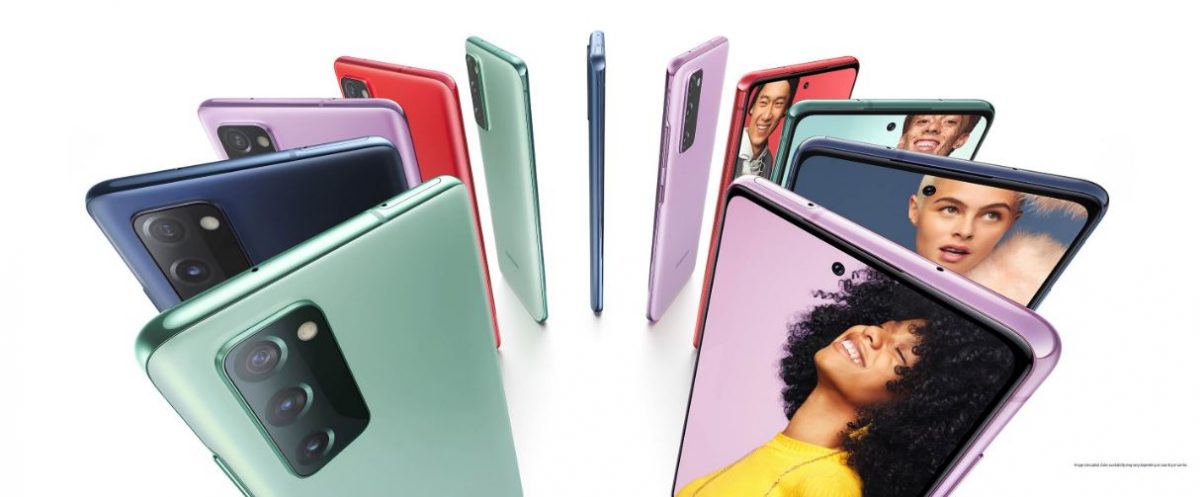
For the most part, the Samsung S20 lineup has similar specs when it comes to processors. Each comes with an Exynos 990 version and a Snapdragon 865 version. In its initial release, some Exynos S20s had issues with overheating, especially when using 5G. However, Samsung has since released patches that dealt with those issues.
Now, most of these phones should satisfy your day-to-day phone use without a hitch. Of course, the Snapdragon phones should afford you much better performance, especially with heavy-load tasks like gaming. The real difference, however, lies with the RAM. With the S20 FE, you get the least amount of RAM with 6GB as the baseline and an 8GB maximum.
6GB isn’t that bad, though, unless you like to play lots of heavy mobile games and multitask a lot. On the other hand, the S20 Ultra offers a whopping 16GB max, which is somewhat overkilled on a phone. You won’t find many mobile apps that can take advantage of that much RAM right now. That makes the 8GB and 12GB RAM options the best, although these variants exist on every model.
When it comes to storage, all phones come with a baseline of 128GB, which is enough for most people. However, if you like to take high-res photos and videos, you might want to opt for more storage. The S20+ and Ultra can have up to 512GB built-in storage, but with considerable price jumps to match. Thankfully, all S20s have expandable storage of up to 1TB via microSD, so you don’t upgrade just for that.
Build Quality
One of the biggest differences between the Fan Edition and the rest of the S20s is the build quality. Not that the Fan Edition isn’t built well — it actually is. However, it’s built with a plastic back instead of glass, which screams “budget phone”. Although, most people do put cases on their phones, so it shouldn’t be too big a deal.
Apart from this, all of the S20 phones come with a premium build quality. Each of them has IP68 water resistance — even the budget phone, which is great. However, what’s not so great is the in-display fingerprint sensor that each of the phones come with. That’s because Samsung’s in-display fingerprint technology isn’t as great as it could be. To put it simply, it’s a bit slow for something so highly-priced. However, you’ll find the same sub-par fingerprint sensor on every S20, so there’s not much of a choice there.
Battery And Charging
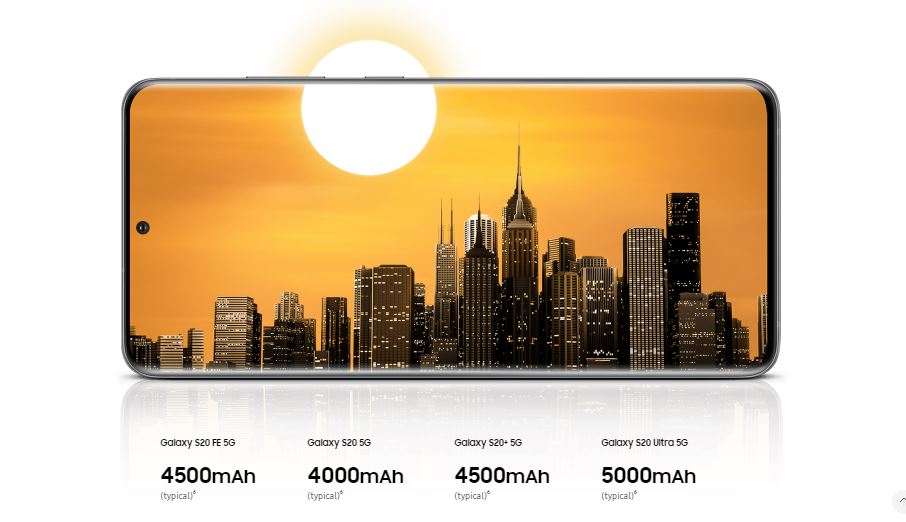
All of the Samsung S20 phones are powerhouses when it comes to battery life. The baseline Samsung S20 comes with 4,000mAh and, from there, you get 500mAh extra — the higher-end you get. Hence, the Samsung S20 Plus and Ultra get 4,500mAh and 5,000mAh, respectively.
You’d think that, with a lower price, the Samsung S20 FE would get 4,000mAh or even 3,500mAh. However, Samsung was generous with the S20 FE, giving it the same power as the S20+. Honestly, that makes sense given the screen size on the FE and how it doesn’t cut back on 120Hz. Regardless, no matter which phone you get, you’re guaranteed to get great battery life.
When it comes to charging, all phones essentially have the same features too. They all offer fast, wireless, and reverse wireless charging. To add, you get killer speeds on the S20 Ultra because it can support up to 45 watts. Although, you’d have to buy the 45-watt charging brick separately. The S20, S20+, and S20 FE aren’t too shabby, either, supporting up to 25 watts for charging.
Camera
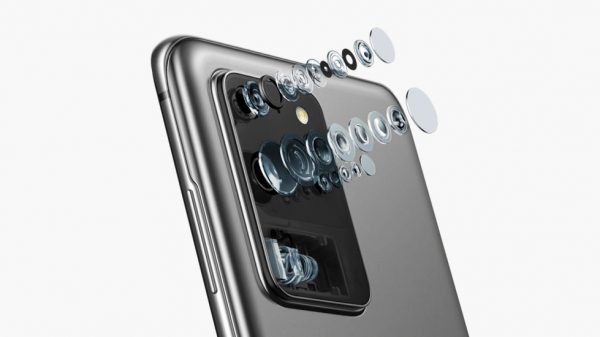
Phone cameras are the main differentiator when it comes to comparing phones from the same flagship series. Samsung is no different as it puts the highest-end cameras on the most expensive phone — the Samsung S20 Ultra. However, that comes with a lot of asterisks to it.
The Samsung S20 Ultra beats all the others when it comes to lens quality. That goes for both the rear and front-facing cameras. With a 40MP selfie and 108MP main camera, you can’t go wrong with the quality and the amount of detail. Furthermore, the Ultra boasts a 100x zoom — not available on any other S20 phones.
On the flip side, the 100x zoom is more of a gimmick than it is a useful feature. That’s because the image quality isn’t as usable unless you’re willing to settle for a pixelated image. The 30x zooms on the other phones should certainly be enough for most people.
For the majority, the S20 and S20+ are excellent if your consideration is camera quality. They’re both great middle grounders with excellent quality, even though they’re not the highest-end. If you care about good selfies, the S20+ has a time-of-flight sensor that ups the image quality by a bit. However, it doesn’t make that large a difference — certainly not enough to justify buying it over the S20 version.
Moving on to video quality, all the S20s, except the FE, can shoot in 8K at 24fps. That isn’t to say the FE is bad either, since it can still shoot at 4K@60fps. 8K may be the highest-end standard in 2020, but 4K was once the best. Thus, most people shouldn’t have a problem with shooting high-resolution videos on any of the phones.
Price
Here’s where Samsung draws a clear line between each of its Samsung phones — not just in the S20 series. In case you didn’t know, Samsung creates phones on almost every single price point ranging from $99 to $3000. It’s easy to see which phones Samsung considers the highest of high-ends based on how they price their devices.
Samsung S20 Series Prices |
||||
|
$699.99 at Amazon | |||
|
|
|||
|
|
|||
|
|
|||
The One For Budget-Conscious Consumers
With that said, price is also the key differentiator in the Samsung S20 lineup. If you’re basing the differences just on the features, especially on the S20 FE, the hierarchy is somewhat unclear. The S20 FE is bigger with a larger battery than the S20 but has a plastic back and lower-end cameras. Moreover, the selfie camera on the FE is better than both the S20 and S20+. However, once you look at the price, the S20 FE marks its placement clearly: it’s the budget flagship.
The S20 FE, S20, S20+, and S20 Ultra starts at $699.99, $999.99, $1,199.99, and $1,399.99, respectively. If you’re on a budget, the S20 FE is the best out of all of them. It’s also the best deal according to many others who’ve already used the phone. That’s because you get the best high-end specs that only cut corners on a few, less necessary features. The only compromise you’re making is on the screen resolution, cameras, plastic back, and RAM — all while spending $300 less.
The One For Samsung Enthusiasts
On the other hand, Samsung enthusiasts will, ironically, skip the Fan Edition altogether. If you want the highest-end phone with all the fancy cameras and the biggest screen and battery, you should go for the Ultra. However, most people will find it outrageously expensive, to the point that it’s kind of unreasonable for the features. It’s certainly not for everyone and caters only to a very niche group of people.
The One Most People Would Get
If you’re neither on a tight budget nor want the highest-end phone — in other words, if you’re like most flagship shoppers — you should probably go for the S20 or S20+, depending on the screen size you want. They’ve got great performance with very little difference between the two. In fact, the only difference is the time-of-flight sensor, size, storage options, and battery. Take your pick, but either way should work well for the majority.
Final Verdict
As you can see, the differences between the Samsung S20 lineup isn’t huge. Each one retains the essentials for a top-tier 2020 flagship phone. Basically, the only difference lies in certain specs and features. However, regardless of which one you get, you’ll likely be satisfied with the overall performance and capabilities.
Thus, the best Samsung S20 phone depends on your budget, your needs or preferences. If you want the latest and greatest that Samsung has to offer, by all means, purchase the Samsung S20 Ultra. However, it’s unlikely that you will (or should) unless you’re truly a tech enthusiast with lots of cash to burn. Alternatively, if you want a good balance between features and price, the S20 and S20+ are hot picks. They’re great if you want the best flagship features and can afford an equally-flagship (although not outrageous) price.
Lastly, the best value is arguably the Samsung S20 FE — if you want a flagship-worthy phone without breaking the bank. It’s an even better deal, given that Samsung has certain trade-in discounts you can avail of. That brings down the price to as low as $249.99. You’d be hard-pressed to find a better flagship deal at that price point.

